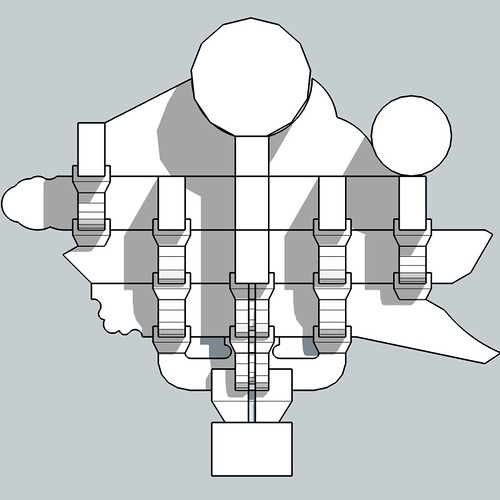
The dougong is a system of brackets unique to traditional Chinese architecture. These brackets, arranged like baskets of flowers, are set under the overhanging eaves, adding to the sumptuous magnificence of the buildings.

The dougong bracket is a structural member found between the top of a column and a cross beam .Each is formed of a double bow-shaped arm(gong) ,which supports a block of wood(dou) on each side ,Fixed layer upon layer ,the arrangements bear the load of the roof .Owing TO hierarchical restrictions in feudal society, the dougong structure can be found only in the most magnificent buildings such as palace and temple halls .The number of layers of these bracket structures also depended on the importance of the buildings.

The dougong is measured in “piles” which vary greatly in their complexity or structure , from those composed of 106 parts to the most simple made up of five .The number of “tiers ”also vary in each “pile ” . To take the double –eaved Taihedian, the building of the

highest grade in the country, as an example . Its lower eaves are supported by dougong brackets of 7 tiers , whereas the higher eaves ,9 tiers .The number of tiers ,normally 9,7,5 or 3 ,also represents the extent to which the eaves protrude.
From the point of view of structural mechanics, the dougong structure is highly resistant to earthquakes. It could hold the wood structure together even though brick walls would collapse in the same earthquake. This helped so many ancient buildings to stand intact for hundreds of years.
No comments:
Post a Comment